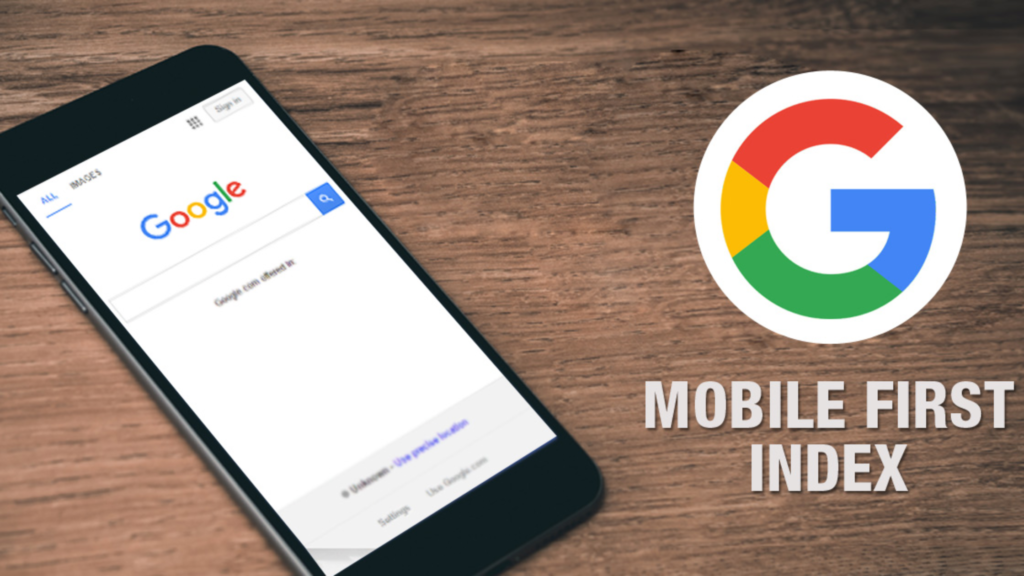Google’s BERT update, short for Bidirectional Encoder Representations from Transformers, is a revolutionary change in search engine algorithms. It’s essentially a super-smart language model that can understand natural language like never before.
Unlike older algorithms that analyzed keywords individually, BERT can grasp the context and intent of search queries. This means it can deliver results that are more relevant and useful to users, just like a human would.
If there’s one thing I’ve learned over the 15 years working on Google Search, it’s that people’s curiosity is endless. We see billions of searches every day, and 15 percent of those queries are ones we haven’t seen before–so we’ve built ways to return results for queries we can’t anticipate.
When people like you or I come to Search, we aren’t always quite sure about the best way to formulate a query. We might not know the right words to use, or how to spell something, because oftentimes, we come to Search looking to learn–we don’t necessarily have the knowledge to begin with.
What is The Google BERT Update?
This update focuses on interpreting the intent behind search queries, improving their accuracy.
Instead of analyzing each word individually, BERT allows Google to decipher the entire phrase, leading to more relevant responses.
“BERT powers almost every single English based query done on Google Search, ” the company said during its virtual Search on 2020 event Thursday. That’s up from just 10% of English queries when Google first announced the use of the BERT algorithm in Search last October.”
DeepRank is Google’s internal project name for its use of BERT in search. There are other technologies that use the same name.
Google had already been using machine learning in search via RankBrain since at least sometime in 2015.
Even minor changes to a query can significantly alter its intent. With this update, Google excels at understanding the true user intent behind their searches. As an example, Google provided:
Example 1:
This example reveals Google’s dynamic search results based on user intent. When a user searches for information related to traveling to the US, the results are tailored to their specific needs.
Conversely, if the user searches for travel information from the US, the results shift to reflect that focus. This demonstrates Google’s ability to personalize search results based on user context, location, and intent.
Example 2:
In the past, Google would match the query word “stand” to the keyword “stand-alone,” leading to irrelevant results.
However, with the implementation of Google BERT, the search engine can now accurately interpret the intent behind the query.
In this case, BERT understands that the user is interested in the physical demands of the job, rather than the technical definition of “stand-alone.” Consequently, it provides more relevant results, improving the overall user experience.
Remarkably, the search results dynamically adapt to a more accurate understanding of the user’s intent.
What Does This Mean For Your SEO?
The next few days and weeks will be critical in observing any shifts in your website traffic. While this update does not penalize anyone, it aims to refine user query and intent comprehension.
According to Google’s search spokesman Danny Sullivan, there is nothing specifically to optimize for with BERT. Instead, it’s all about the general quality of your content – written content, images, layout, readability.
To thrive under this update, prioritize creating content that directly addresses your target audience’s questions.
We anticipate websites with comprehensive, well-written, and long-form guides to be the biggest beneficiaries. In fact, one of our clients recently shared a screenshot demonstrating a significant traffic surge immediately following the update’s rollout.
The world of SEO is constantly evolving, with algorithms changing more frequently than ever before. However, one thing remains constant: people.
High-quality content that resonates with your audience transcends algorithmic changes and will continue to perform well regardless of the latest updates. In fact, Google itself is increasingly favoring content that provides genuine value and user satisfaction.
How to Optimize for BERT
- Focus On User Intent
BERT isn’t just about matching keywords. Its goal is to deliver the best answers to users’ questions.
So, to succeed with BERT, you need to shift your focus to user intent. What are your audience’s questions, wants, and expectations? Tools like AnswerThePublic, Google Trends, and Search Console can help you uncover these crucial insights.
By understanding what your audience is searching for and how they phrase their questions, you can tailor your content to their needs. This means crafting content that provides clear, comprehensive, and satisfying answers, boosting your search engine ranking and user engagement.
- Write Naturally And Conversationally
BERT, Google’s powerful AI algorithm, is adept at spotting unnatural and spammy content designed to manipulate search results. Keyword stuffing, poor grammar, and irrelevant information are all red flags that can lead to your content being penalized.
Instead, focus on writing naturally and conversationally, as if you were having a chat with a friend. Use simple, clear language, ditch the jargon and technical terms, and organize your content with headings, subheadings, paragraphs, and lists.
- Use Long-Tail Keywords And Variations
Long-tail keywords are the secret sauce for boosting your website’s search engine ranking and attracting more qualified leads. Unlike short-tail keywords, which are general and often competitive, long-tail keywords are more specific and descriptive of what users are actually searching for.
Think of it like this: if you’re looking for a recipe for “pizza,” you’ll get tons of results, most of them generic. But if you search for “easy weeknight pizza dough recipe,” you’re much more likely to find something that fits your needs.
- Optimize For Featured Snippets
Ever notice those handy boxes at the top of Google search results? Those are featured snippets, and they’re designed to give you quick answers to your questions.
But how does Google choose which content gets featured? That’s where BERT comes in.
BERT, is a powerful AI tool that helps Google understand the context and intent behind search queries. This means it can identify the best answer to your question, even if it’s buried deep within a larger piece of content.
- Update And Audit Your Content Regularly
Don’t settle for a one-time content update! Google’s BERT technology is constantly evolving, demanding ongoing attention to your web presence. Regularly reviewing and revamping your content ensures it stays relevant, accurate, and valuable for your audience.
Tools like Google Analytics, Search Console, and Screaming Frog help you track your traffic, rankings, and overall performance. These insights reveal areas for improvement, showing exactly where to revise, refresh, or even remove outdated content.
What To Do If Your Traffic Is Dropping
While a sudden traffic dip might be alarming, resist the urge for immediate drastic changes. Google’s history shows updates often get tweaked or reversed in subsequent weeks. However, if your traffic decline persists, consider these actions:
1. Identify the queries or keywords that you are causing the traffic drop:
Access your Google Search Console (or install it if you haven’t already) and utilize its comparison report feature:
Click on “Queries” and examine your search terms to identify those with decreased traffic:
This list highlights potential search queries worthy of further investigation. Alternatively, consider utilizing tools like Ahrefs’ Traffic Change report for deeper insights:
2. Determine what is ranking now
Let’s delve into the search results for these queries on Google.
Are the ranking content pieces different in type?
Do they present a fresh perspective on the topic?
Or, are they simply addressing a slightly different question?
3. Change or Tweak Content
Craft content that aligns with what Google prioritizes. Analyze top-ranking pages and adapt your existing content, or create new content, to match their approach.
Google continuously reveals its preferences, so mimicking successful strategies can elevate your own ranking.
Google Replaces BERT Self-Attention with Fourier Transform
A research team from Google shows that replacing transformers’ self-attention sublayers with Fourier Transform achieves 92 percent of BERT accuracy on the GLUE benchmark with training times seven times faster on GPUs and twice as fast on TPUs.
Final Thoughts
In conclusion, the impact of Google’s BERT algorithm on SEO in 2024 is significant. Businesses need to understand the importance of user intent, high-quality content, and user engagement metrics to improve their search engine rankings.


